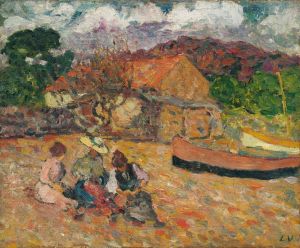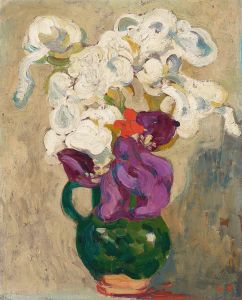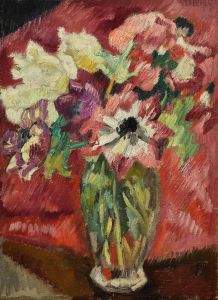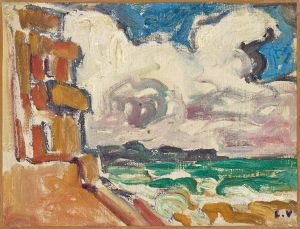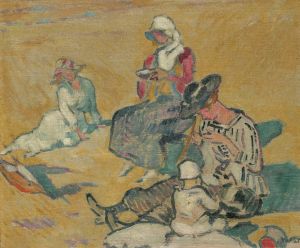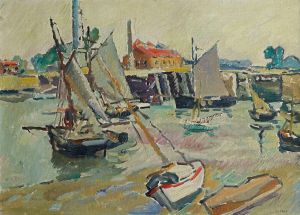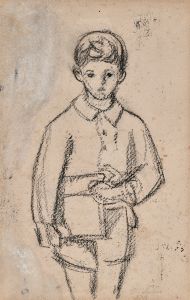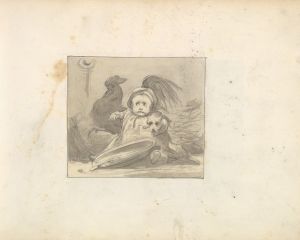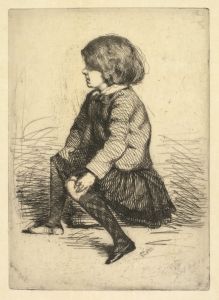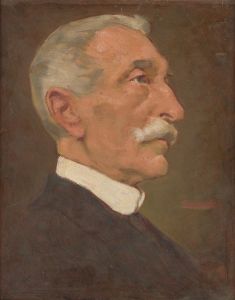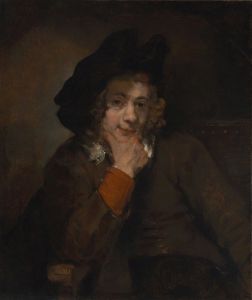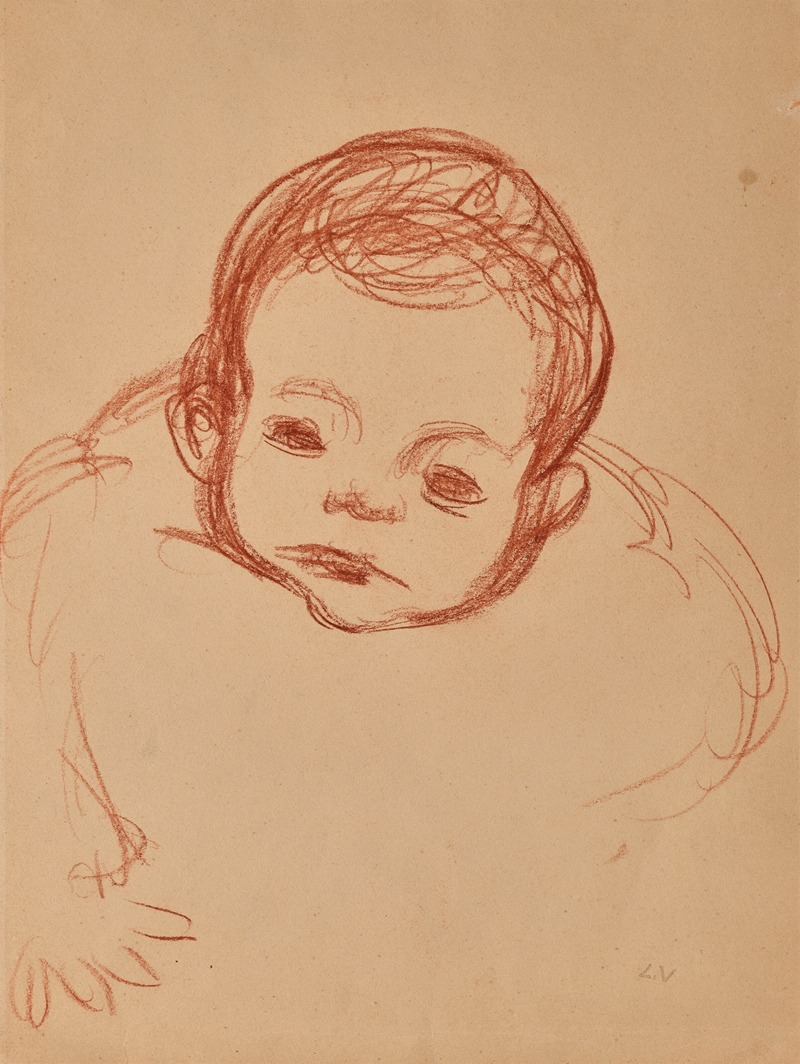
Tête de bébé
A hand-painted replica of Louis Valtat’s masterpiece Tête de bébé, meticulously crafted by professional artists to capture the true essence of the original. Each piece is created with museum-quality canvas and rare mineral pigments, carefully painted by experienced artists with delicate brushstrokes and rich, layered colors to perfectly recreate the texture of the original artwork. Unlike machine-printed reproductions, this hand-painted version brings the painting to life, infused with the artist’s emotions and skill in every stroke. Whether for personal collection or home decoration, it instantly elevates the artistic atmosphere of any space.
Louis Valtat (1869–1952) was a French painter associated with the Post-Impressionist and Fauvist movements. Known for his vibrant use of color and bold brushwork, Valtat created works that often depicted landscapes, still lifes, and portraits. Among his lesser-known works is Tête de bébé (translated as "Baby's Head"), a painting that exemplifies his interest in intimate and personal subjects.
Tête de bébé is a portrait of an infant, rendered with Valtat's characteristic style. The painting showcases his ability to capture the softness and innocence of a child's features while employing a vivid and expressive color palette. The brushstrokes are loose yet deliberate, a hallmark of Valtat's technique, which bridges the gap between Impressionism and Fauvism. The work reflects his focus on light and texture, as well as his interest in portraying everyday life with a sense of immediacy and warmth.
Valtat's career spanned a period of significant artistic innovation in France, and he was influenced by contemporaries such as Pierre-Auguste Renoir, Paul Signac, and Henri Matisse. While Tête de bébé is not among his most famous works, it contributes to the understanding of his artistic range and his ability to convey emotion through portraiture. The painting is believed to have been created during the early 20th century, a time when Valtat was experimenting with color and form, moving away from the more subdued tones of Impressionism toward the bolder hues of Fauvism.
The exact details of the painting's provenance and current location are not widely documented, and it is not as frequently exhibited or studied as some of Valtat's other works. However, it remains a testament to his skill in capturing the human form and his dedication to exploring the possibilities of color and light.
Louis Valtat's contributions to modern art have been increasingly recognized in recent years, and works like Tête de bébé offer insight into his artistic evolution and his role in the broader context of early 20th-century French painting.






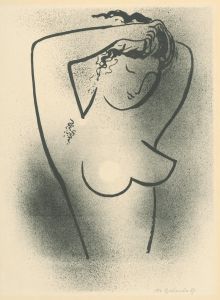
![Portrait of Augusta B. Demuth [the artist’s mother]](/imgs/230941/s/charles-demuth-portrait-of-augusta-b-demuth-the-artists-mother-df0db9f9.jpg)
